The design world, in its relentless pursuit of the next big thing, often targets specific demographics with trends purported to resonate with their lifestyles and aesthetics. Millennials, a generation that came of age in a rapidly changing world, were frequently presented with interior design trends that, in retrospect, often lacked practicality, longevity, or genuine appeal. These trends, while heavily promoted on social media and design blogs, frequently missed the mark, failing to integrate seamlessly into the realities of millennial living spaces and budgets. Looking back, it’s clear that some of these design directives were more about fleeting aesthetics than enduring sensibility.
1. The All-Grey Everything Aesthetic
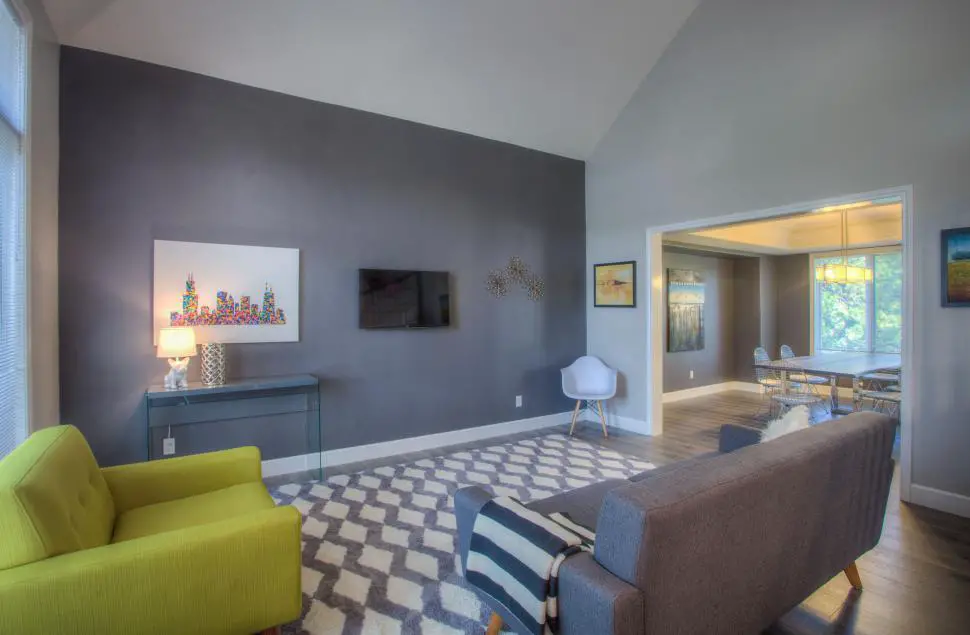
For a significant period, an unwavering commitment to shades of grey dominated interior design advice aimed at millennials. Walls, furniture, textiles, and even accessories were often presented in a monochromatic spectrum of cool greys. This look was marketed as sophisticated, modern, and effortlessly chic.
However, the all-grey trend often resulted in spaces that felt cold, sterile, and lacking in warmth or personality, notes The Spruce. The absence of color could create a visually flat and uninviting atmosphere. Many millennials, seeking comfort and individuality in their homes, ultimately found this trend to be rather soul-less and monotonous.
2. Mass-Produced “Inspirational” Quote Art
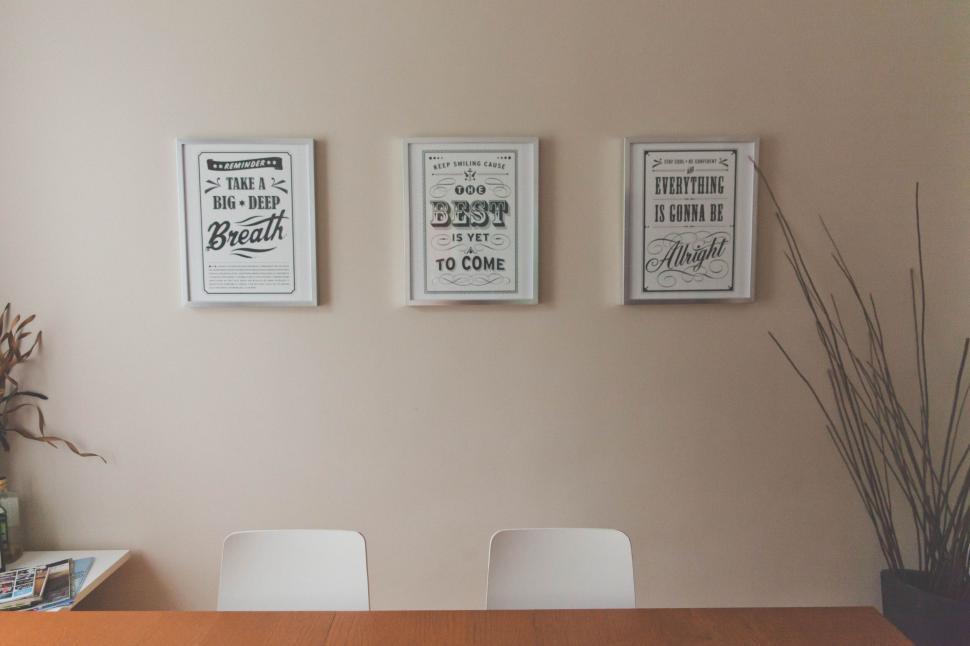
Walls adorned with generic, mass-produced prints featuring supposedly inspirational quotes became a ubiquitous trend marketed towards millennials. These pieces, often cheaply made and lacking in originality, were intended to add a touch of personality and motivation to living spaces.
Yet, the sheer saturation of these identical prints often made homes feel impersonal and cliché, says Artelier. The sentimentality frequently felt forced and lacked genuine connection to the individual homeowner’s experiences or values. Many millennials eventually recognized this trend as more of a superficial decoration than a meaningful expression of self.
3. Faux Industrial Chic (in Non-Loft Spaces)
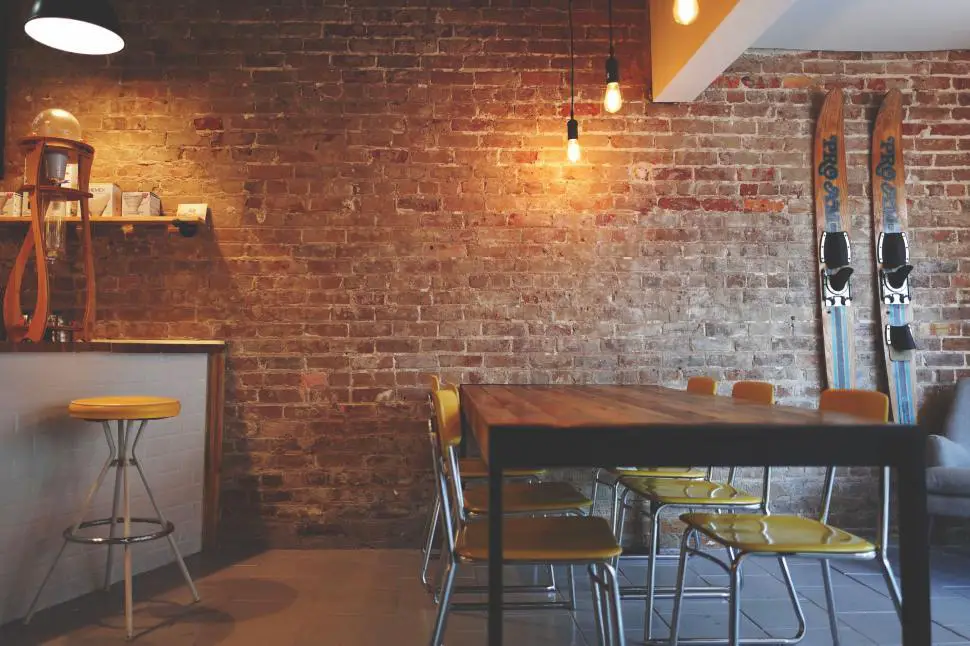
The raw, exposed aesthetic of industrial design, with its emphasis on metal, brick, and utilitarian fixtures, was heavily promoted as a cool and edgy look for millennial homes. Elements like faux brick wallpaper, exposed pipes (often purely decorative), and metal barstools became commonplace, even in spaces lacking any genuine industrial heritage, according to Modish Living.
However, transplanting these elements into standard apartments or suburban homes often felt contrived and out of place. The intended sense of urban authenticity frequently came across as artificial and lacking context. Many millennials found this trend to be an awkward imposition rather than a natural fit for their living environments.
4. Overly Minimalist, Unlived-In Spaces
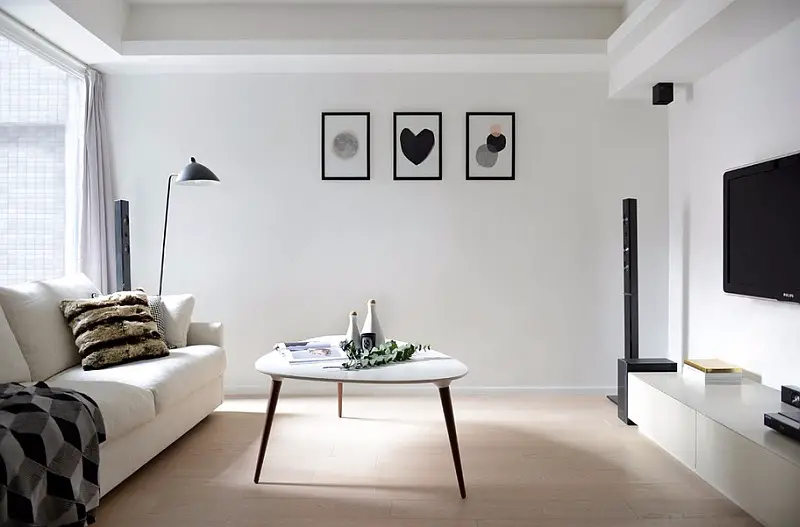
A stark, ultra-minimalist aesthetic, characterized by a severe lack of personal belongings and a strict adherence to neutral colors and clean lines, was often presented as the epitome of modern millennial style. The message was that less is always more, even to the point of feeling austere.
Yet, the reality of everyday life, with its inherent accumulation of personal items and the need for comfort, often clashed with this rigid aesthetic. Homes that lacked any visible signs of life or personality could feel cold and unwelcoming, says Homes & Gardens. Many millennials found this trend to be impractical and ultimately unsustainable for actual living.
5. Succulents Everywhere (Without Proper Light)
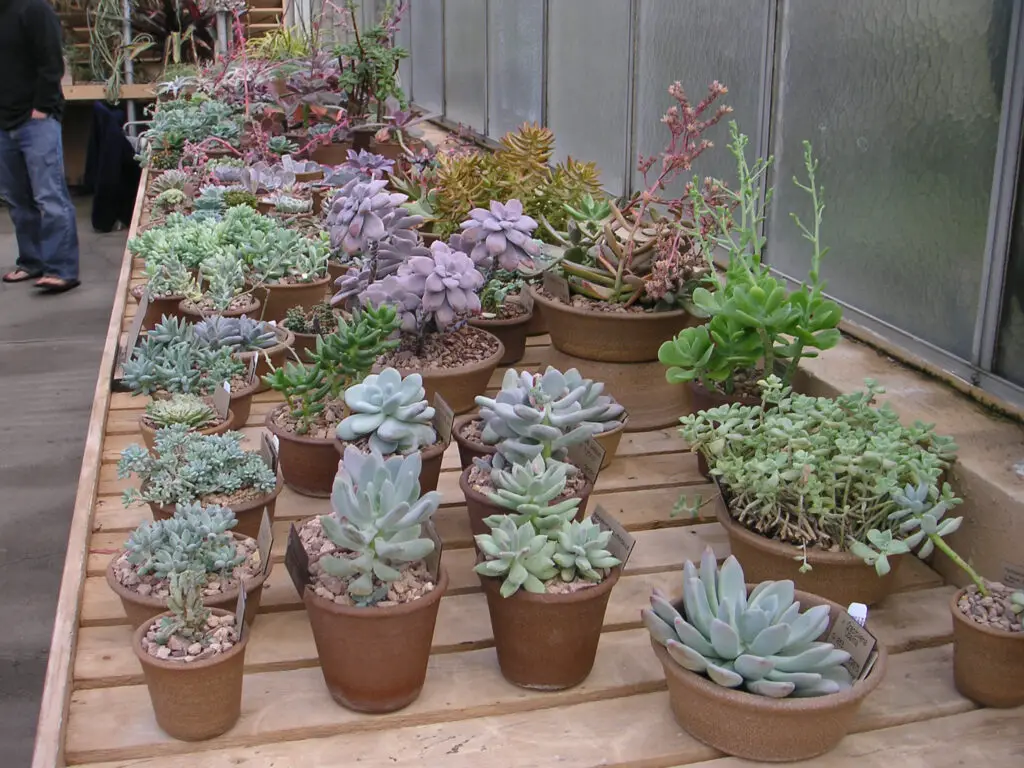
The low-maintenance appeal of succulents made them a popular plant choice promoted to busy millennials. Their geometric shapes and perceived resilience fit well with minimalist and modern aesthetics. Consequently, these small plants popped up on every available surface.
However, the reality is that while succulents are relatively low-maintenance, they still require adequate sunlight to thrive. Many millennials, living in apartments with limited natural light, found their trendy succulents quickly etiolating and dying, highlighting the impracticality of this trend without considering the actual living conditions.
6. String Lights Indoors (Beyond Festive Occasions)
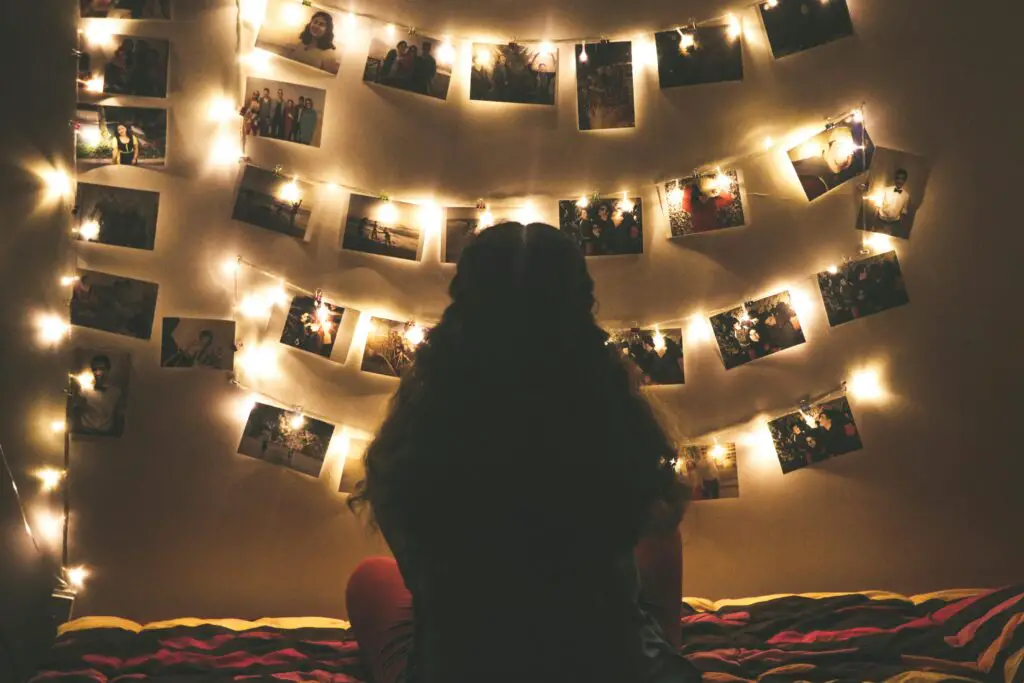
String lights, typically associated with outdoor patios or holiday decorations, were frequently presented as a hip and affordable way for millennials to add “ambient lighting” to their indoor spaces year-round. Draped across walls or headboards, they were meant to create a cozy and whimsical atmosphere.
However, the constant presence of these often-flickering lights could become visually distracting and even contribute to a cluttered or dorm-room feel. What was intended as a touch of bohemian charm often ended up looking like a permanent state of semi-decoration, lacking sophistication.
7. Acrylic “Ghost” Furniture
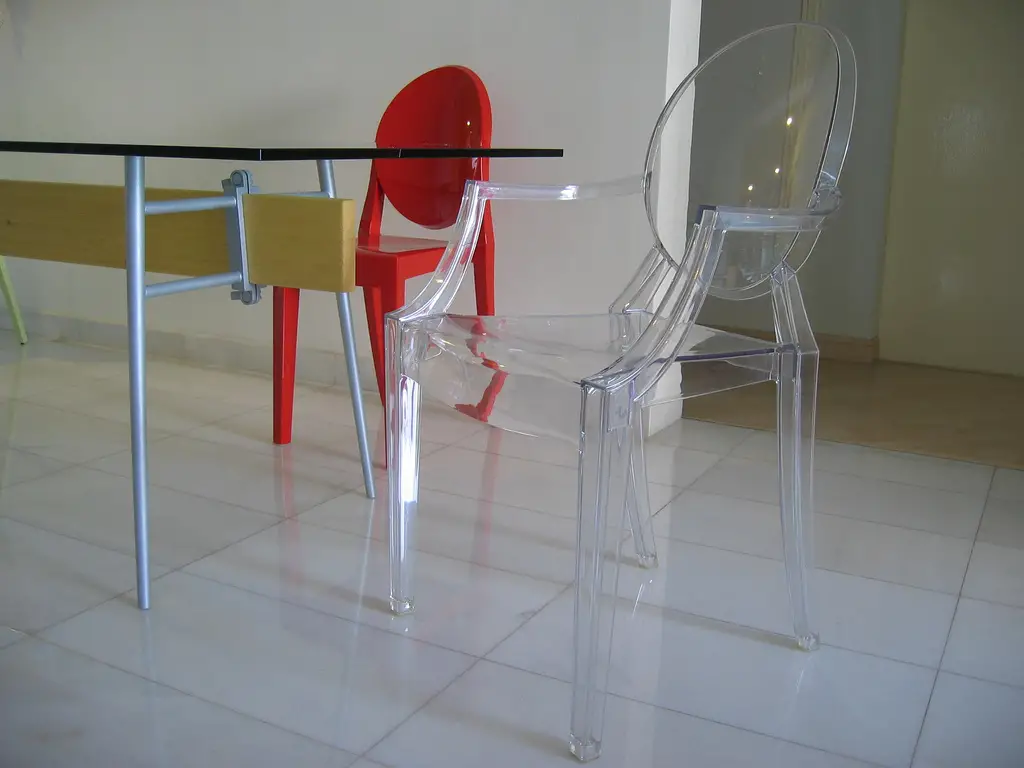
Transparent acrylic or “ghost” furniture, such as chairs and tables, was marketed as a space-saving and modern option for smaller millennial apartments. The idea was that their transparency would make rooms feel larger and more open.
However, the practicality of these pieces often fell short. Acrylic can be prone to scratching and can show dust and fingerprints quite easily, requiring frequent cleaning to maintain their sleek appearance. Additionally, their often-higher price point didn’t always align with the budget-conscious realities of many millennials.
8. The Obsession with Mid-Century Modern (Without Context)
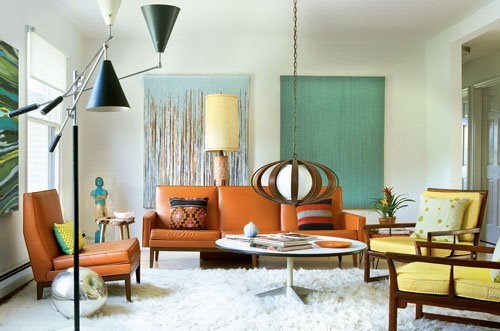
While mid-century modern design has enduring appeal, its aggressive promotion to millennials sometimes lacked nuance and context. The emphasis was often on acquiring specific iconic pieces without considering how they fit into the individual’s lifestyle or the existing architectural style of their home.
This resulted in spaces that felt more like showrooms than personalized living environments. The focus on replicating a particular aesthetic, rather than thoughtfully integrating elements of it, often led to contrived and ultimately unsatisfying interiors for many millennials.
9. DIY Decor That Looked… DIY
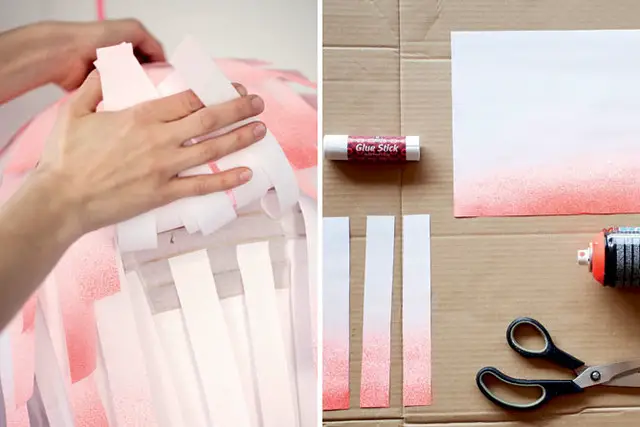
The rise of Pinterest fueled a wave of DIY decor projects marketed as affordable and personal ways for millennials to decorate their homes. However, the execution often fell short of the aspirational images, resulting in pieces that looked distinctly homemade rather than professionally crafted.
While the sentiment behind DIY was often genuine, the results could sometimes detract from the overall aesthetic of a space. The push for constant crafting often overlooked the value of investing in well-made, lasting pieces when budget allowed.
10. Open Shelving Over Practical Storage (in Small Spaces)
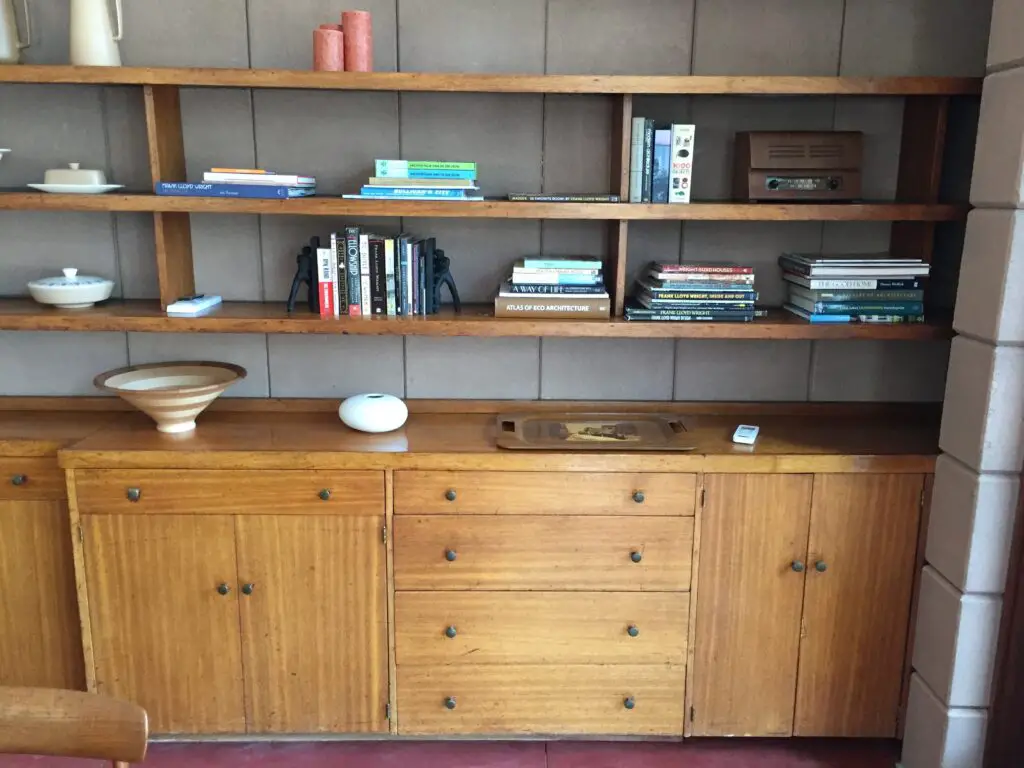
The visually appealing trend of open shelving was heavily promoted as a way for millennials to display their curated collections and create an airy feel in smaller spaces. The idea was to showcase personality and style.
However, the reality of limited storage in many millennial apartments meant that these open shelves often became catch-alls for everyday clutter, negating the intended minimalist aesthetic. The constant need for meticulous organization and dusting made this trend impractical for many.
11. The “Gallery Wall” Without a Cohesive Theme
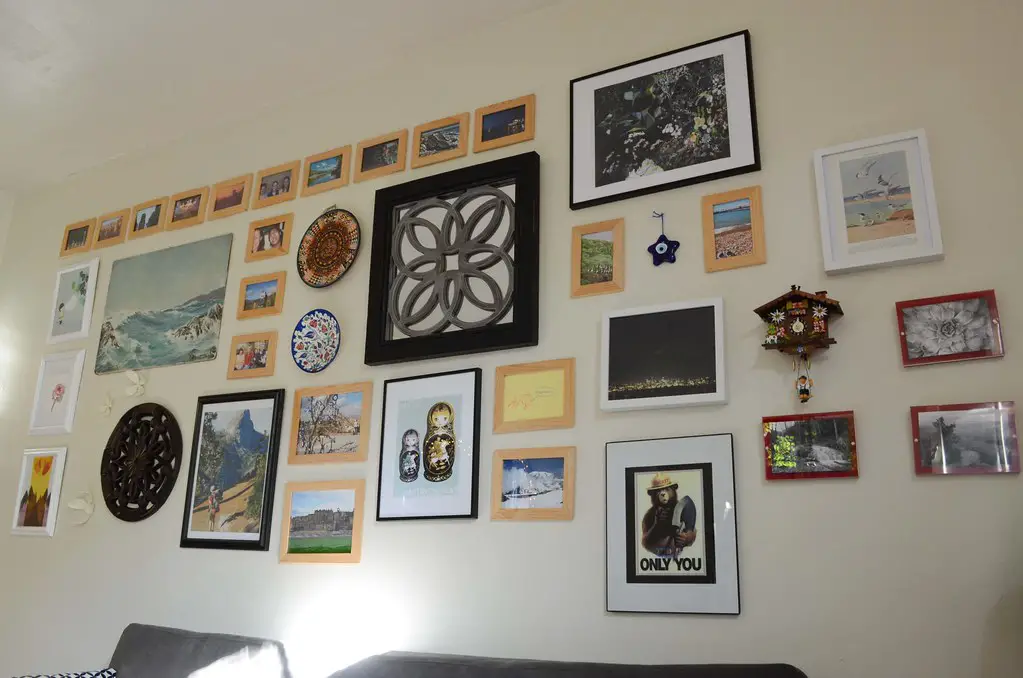
Gallery walls, a collection of framed artwork and photographs, were presented as a trendy way for millennials to personalize their spaces. The encouragement was often to simply fill a wall with a variety of images.
However, without a unifying theme, color palette, or consistent framing style, these gallery walls could often appear chaotic and visually overwhelming rather than curated and stylish. The lack of a clear vision often resulted in a jumbled display that didn’t quite achieve the intended effect.
12. Over-the-Top Themed Decor (Beyond Tasteful Accents)
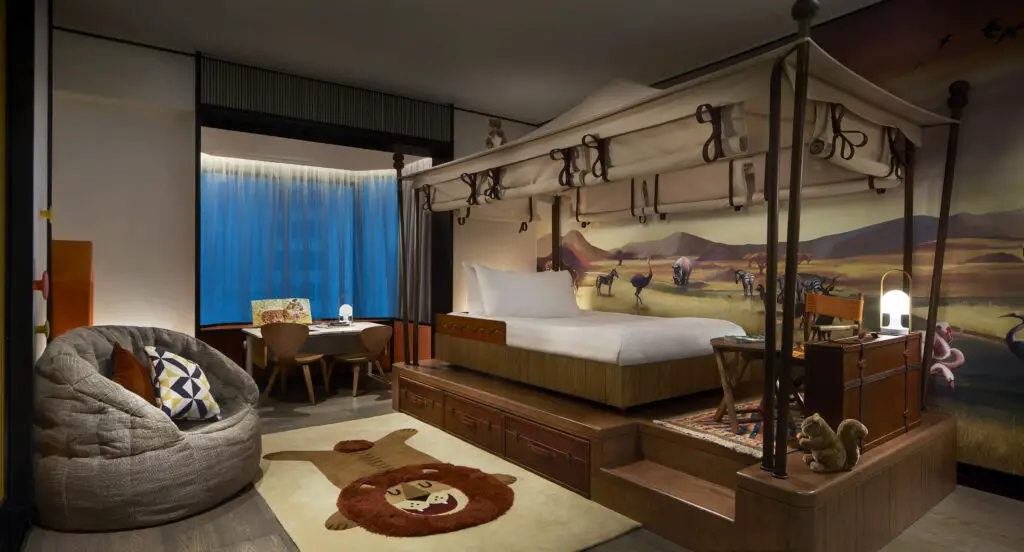
While personal touches are important, some trends pushed on millennials leaned towards overly literal and thematic decor, such as entire rooms dedicated to a single hobby or a specific aesthetic taken to an extreme.
This lack of subtlety could often make spaces feel more like themed restaurants or stage sets than comfortable and versatile homes. Many millennials eventually sought a more balanced and nuanced approach to incorporating their interests into their decor.
